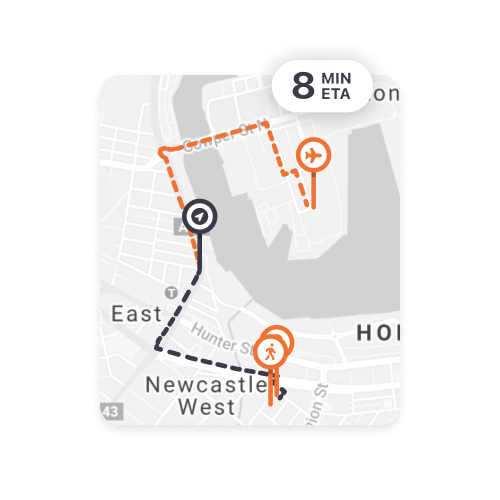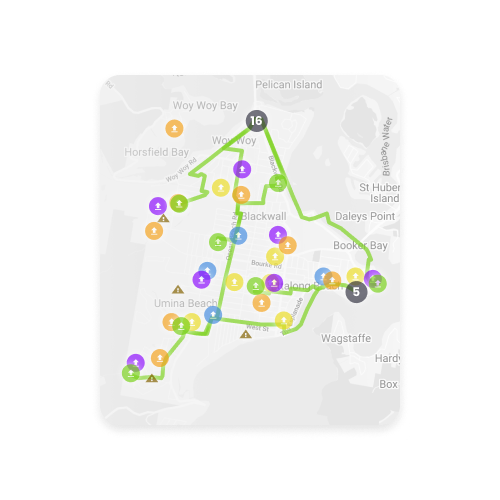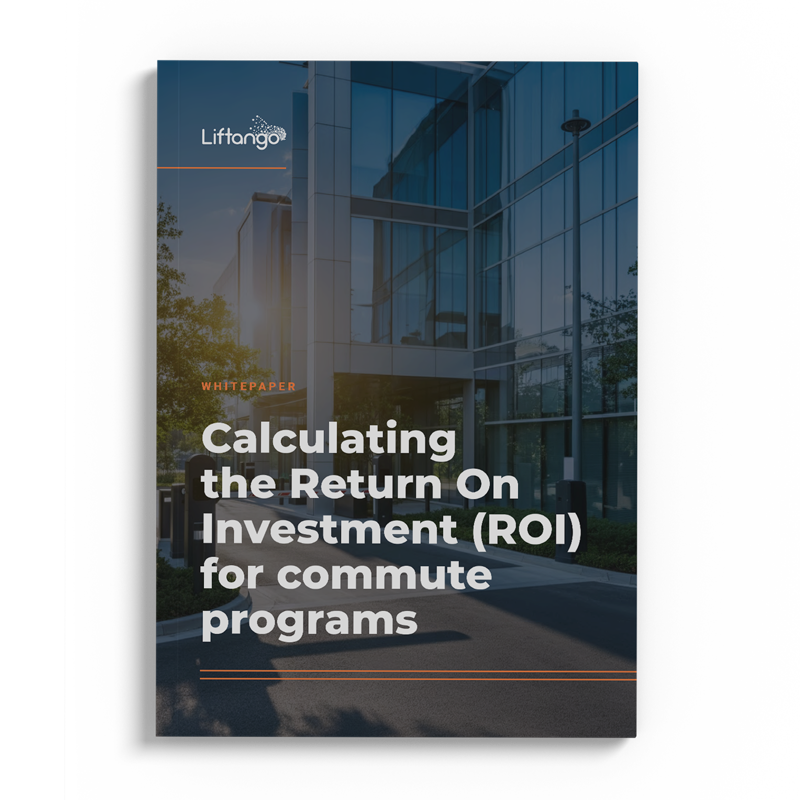





Optimise your network

Automated routing of vehicles to passengers ensures maximum service efficiency.

Service both urban and rural areas with fewer vehicles and uncover cost savings.

We'll help you analyse and optimise your service to achieve the results you want.

Personalise every journey

Adapt your fleet to the unique requirements of your passengers and deliver a superior experience.

Add custom concession options, such as transit passes and discounts.

Ensure your drivers know when a passenger needs assistance with tailored mobility options.

Future-proof your operations

Increase ridership and coverage with one platform to coordinate your shared transit services.

Save time on manual tasks with a system built specifically for operators.

Integrate with existing transport hubs to create a cohesive network in your area.

features
Key features of our DRT solution
Seamless integration with existing networks
Set up service zones to include fixed-route recommendations and avoid cannibalisation.
Serve more types of passengers
Coordinate community, public and educational transit trips from a single fleet of vehicles.
Future-proof and scalable
Easily accommodate multiple fleet operators across regional service zones.
Analyse your service performance
Complete and transparent access to all service data makes it easier to manage and optimise your network.
Multiple service models to maximise patronage
We’ll perform in-depth simulations to ensure the service design will provide the optimal number of passenger trips.
Implementation and ongoing service support
Deploy confidently and realise results fast. We pride ourselves on supporting our partners through the entire process.


